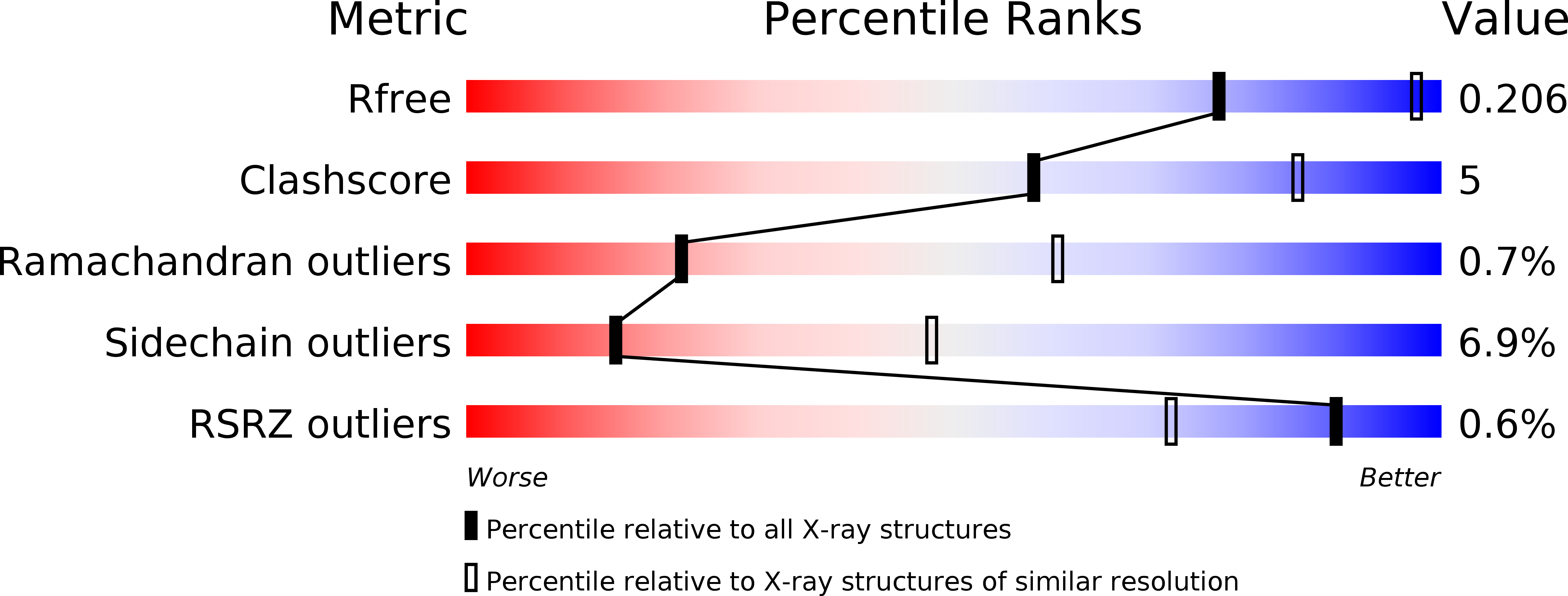
Deposition Date
2013-11-19
Release Date
2014-02-12
Last Version Date
2024-11-06
Entry Detail
PDB ID:
4NO6
Keywords:
Title:
yCP in complex with Z-Leu-Leu-Leu-vinylsulfone
Biological Source:
Source Organism:
Saccharomyces cerevisiae S288c (Taxon ID: 559292)
Method Details:
Experimental Method:
Resolution:
3.00 Å
R-Value Free:
0.20
R-Value Work:
0.18
R-Value Observed:
0.18
Space Group:
P 1 21 1


